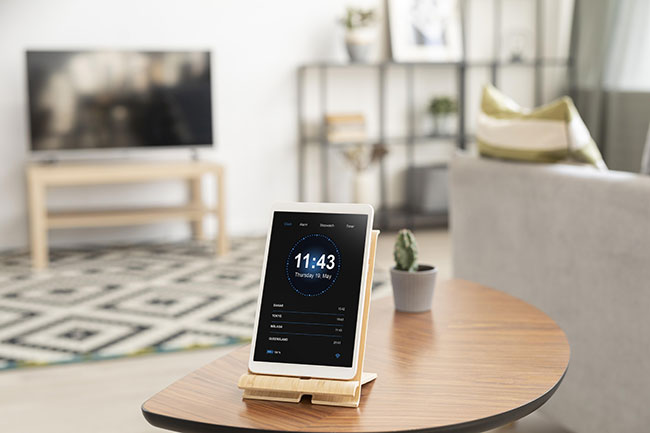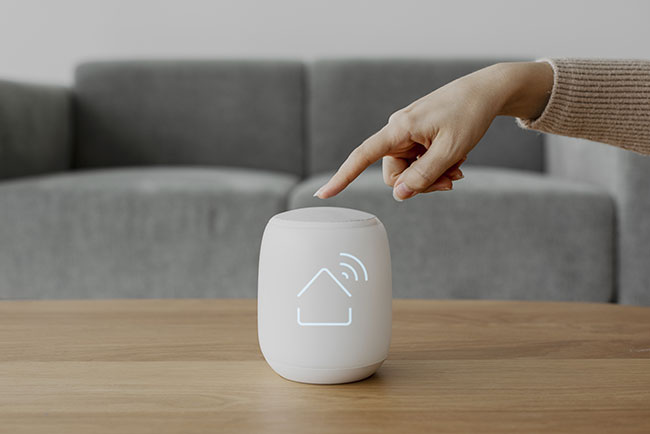Invisible air conditioning and heating enables the house to have the perfect temperature without having any radiators or air conditioning units in sight. This kind of climate control is carried out by means of radiant surfaces that are installed on floors, walls and ceilings. That is to say, it is an installation that practically covers all the surfaces of the house and thus no equipments can be seen. Some time ago, we wrote an article in this blog about the advantages and disadvantages of having radiant floor heating. Nevertheless, invisible climate control goes one step further as it is not only limited to the floor, as we have already said. In addition, these radiant systems that create this type of climate control enable the house to have the desired temperature in winter as well as in summer without producing any air movement and hence making it much more pleasant. We may say that this system is a sort of revolution as it achieves climate control in the house without leaving a trace. So much so that many architects and interior decorators have no doubts when opting for it because thanks to its installation there is much more space available: radiators disappear for ever with invisible climate control and thus the design of the house looks much more amazing.

COMFORT AND COMFORT
Invisible climate control offers complete comfort because apart from freeing up space it makes it feasible to control uniformly the temperature by only touching the mobile phone. Sometimes it is not even that: there are climate control systems that are handled with voice transmissions and therefore they work without needing to touch anything. Two weeks ago, we wrote an article in this blog about housing getting more and more digital, and also becoming increasingly present in Spanish homes. Invisible climate control is a good example of the type of housing that is currently built in the XXI century as built-in computing is installed and covering nearly every corner of the house. The fact that the building itself produces or absorbs energy helps us get a better idea of the dimension that this digitalization process is acquiring, as we have already stated. One of the great advantages that this climatization offers is its energy saving: with invisible climate control energy waste is practically non-existent as renewable energy is combined with low consumption. This implies an energy saving of between 10% and 25% with regard to a conventional system resulting in economic savings. Some experts point out that these savings can be more than 60% in the heating and air conditioning bills.

THE CLIMATE CONTROL SYSTEM OF THE FUTURE
It is still early to talk about invisible climate control in all our houses. However, as we see the unstoppable progress of this system in other European countries (especially in the Nordic ones), then we can say that Spanish homes will have a climate control system in the future. An important renovation of many of our buildings is pending, as they have become obsolete regarding climate control standards, therefore this new system can play a leading role. We must not forget that by 2050 housing will not be allowed to release hydrocarbon emissions, so it is crucial for us to be fully aware of the need for our buildings to be energy-efficient and thus it is important to be committed to this system of climatization.
Picture 01: freepik
Picture 02: rawpixel.com




 Spanish
Spanish English
English